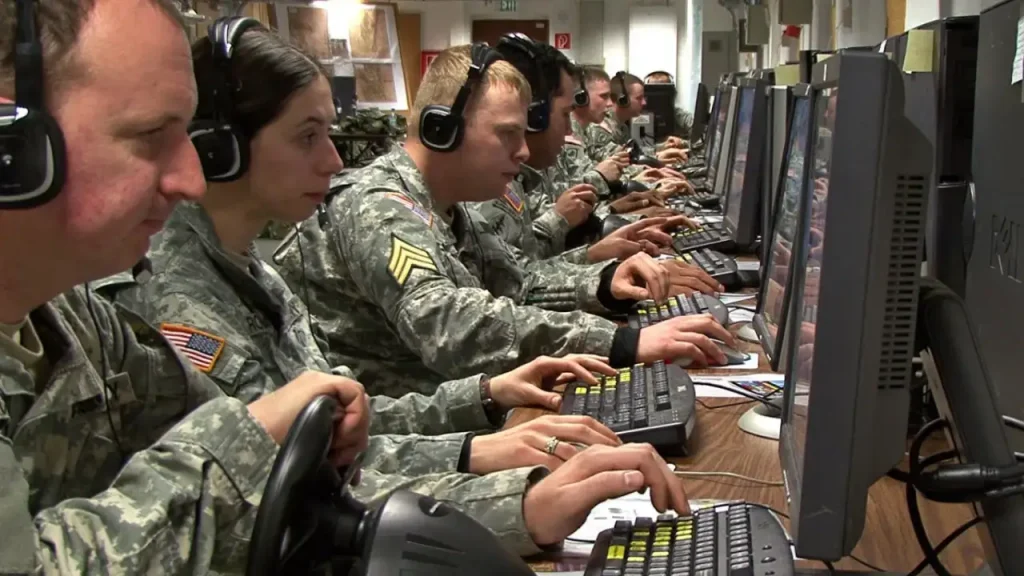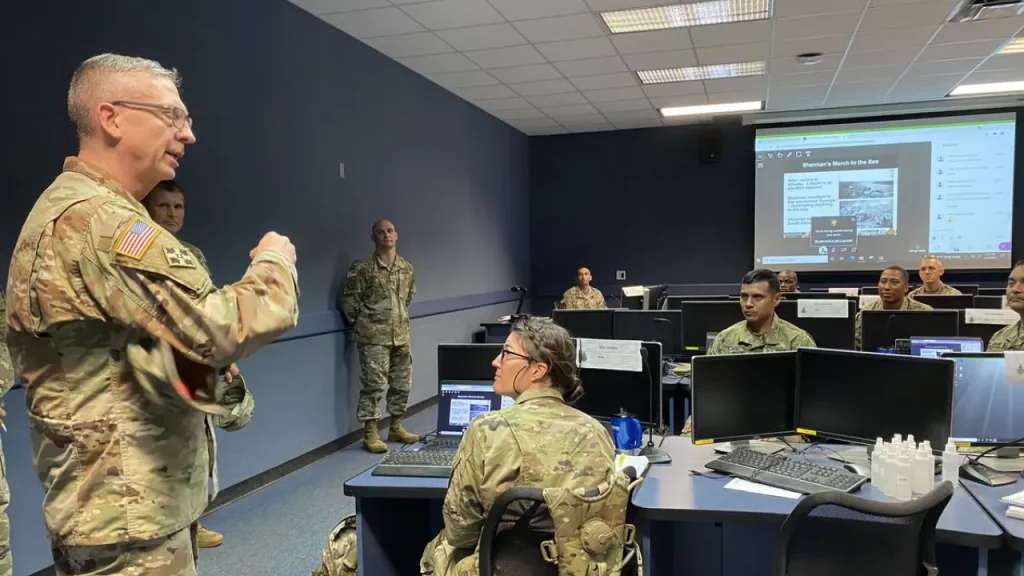
In the US military, it takes two weeks to fill a position. The reality is that the military face lots of manpower issues and are not able to recruit new personnel fast enough. It has been a problem for decades now, with the latest being including a lack of qualified applicants as well as candidates who are dependent on social services.
What are behind the US military’s manpower Issues?
The U.S. military is facing a manpower crisis. In recent years, the number of active duty service members has declined, while the number of retirees has increased. At the same time, the number of reservists and National Guard members has also decreased. The result is a military that is struggling to find enough qualified personnel to meet its needs.
There are several factors behind the decline in military manpower. One is the increasing number of retirements. As baby boomers reach retirement age, they are leaving the military in droves. Another factor is the declining interest in military service among young people. With so many other options available, fewer young people are choosing to join the military.
The 9/11 attacks and the subsequent wars in Afghanistan and Iraq have also taken their toll on military manpower. Many service members have been killed or wounded in these conflicts, while others have suffered from post-traumatic stress disorder (PTSD) or other mental health problems. The high operational tempo of these wars has also contributed to burnout and attrition among troops.
All of these factors have combined to create a perfect storm of sorts for the U.S. military. It now finds itself with too few personnel to meet its needs, at a time when global threats are on the rise. The situation is unlikely to improve anytime soon, which means that the military will need to find ways to cope with its reduced manpower levels.
Why is there a high turnover rate in the US military?
There are a number of reasons for the high turnover rate in the US military. One reason is the demanding nature of the job. Military members are often required to work long hours, including weekends and holidays. They are also frequently deployed to locations that are dangerous or difficult to reach.
Another reason for the high turnover rate is the low pay and poor benefits that military members receive. While they may receive a salary and housing allowance, they often have to pay for their own food and other expenses. In addition, they do not receive any paid vacation days or sick days. As a result, many military members find it difficult to make ends meet financially.
Finally, the high turnover rate in the US military may be due in part to the lack of upward mobility within the ranks. Many military members feel stuck in their current position with no opportunity for advancement. This can lead to frustration and disillusionment, which can eventually lead to resignation.
What can we learn from past military attrition rates?

There are a number of things that the military can learn from past attrition rates. For example, it is clear that the majority of attrition occurs during basic training. This suggests that the military needs to focus on improving its retention policies and procedures during this critical period. Additionally, the data reveals that soldiers who serve in combat roles are more likely to experience higher rates of attrition than those in non-combat roles.
This finding underscores the importance of providing adequate support and resources to soldiers who are serving in combat zones. Finally, the data also indicates that soldiers who are deployed to hostile environments are more likely to experience higher rates of attrition than those who are not. This highlights the need for the military to provide adequate support and resources to soldiers who are deployed to hostile environments.
How have the new advances in technology affected this issue?
The U.S. military is facing a man-power crisis, with high attrition rates and a shortage of qualified applicants. The problem is exacerbated by advances in technology, which have made many jobs in the military obsolete or less attractive to potential recruits.
In the past, the military was one of the few places where young people could get training in cutting-edge technologies. But now, there are many other options for training and education, and the military is no longer the only game in town. As a result, it has become increasingly difficult to attract qualified recruits.
The problem is compounded by the fact that advances in technology have made many jobs in the military obsolete. For example, drone pilots can now perform many of the tasks that were once carried out by human soldiers. As a result, there are fewer jobs available for human soldiers, making the military less attractive as a career choice.
The man-power crisis in the U.S. military is a complex problem with no easy solutions. However, it is clear that advances in technology have played a role in exacerbating the issue.
What are solutions to the US military’s manpower issues, high attrition rate and lack of recruitment?
The US military is facing a number of issues when it comes to man-power. One of the biggest problems is the high attrition rate. The attrition rate is the percentage of soldiers who leave the military each year. In recent years, the attrition rate has been around 10%. This means that for every 100 soldiers who join the military, 10 of them will leave within a year.
There are a number of reasons why soldiers leave the military. Some of them include:
1) Poor pay and benefits: Soldiers often complain about poor pay and benefits. This is one of the main reasons why they leave the military.
2) Lack of career opportunities: Many soldiers feel that there are limited career opportunities in the military. They feel that they can’t advance their careers and that they’re stuck in their current roles.
3) Unhappy with their current assignment: Some soldiers are unhappy with their current assignments. They may be stationed in a place that they don’t like or they may not be doing the job that they want to do.
4) Personal reasons: There are also many personal reasons why soldiers leave the military. These can include family issues, medical problems, and financial problems.
The high attrition rate is a major problem for the US military. It’s expensive to train new soldiers, so it’s important to keep as many as possible from leaving each year. The military is working on a number of solutions to this problem, including:
Conclusion
The US military is facing a number of manpower issues, including high attrition rates. While there are a number of factors behind this, one of the most significant is the increasing demand for soldiers to be deployed in active combat zones. With more soldiers being deployed, there is a greater need for replacements which can put a strain on the system. Another factor contributing to high attrition rates is the lack of attractive re-enlistment bonuses. In order to retain experienced soldiers, the military needs to offer incentives that are competitive with those offered by private companies.
Follow us to stay updated on LinkedIn, Facebook, Instagram and Twitter.



